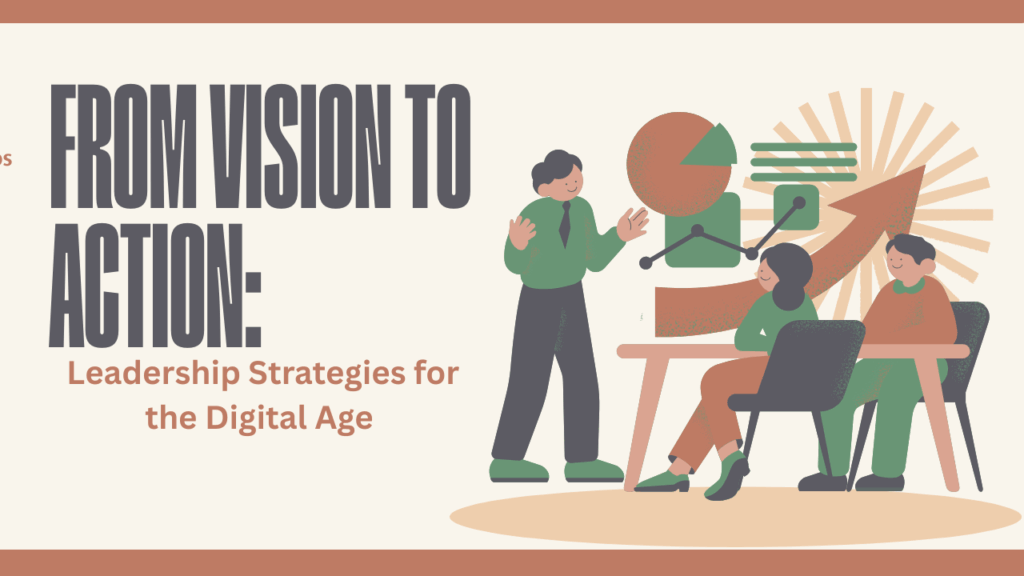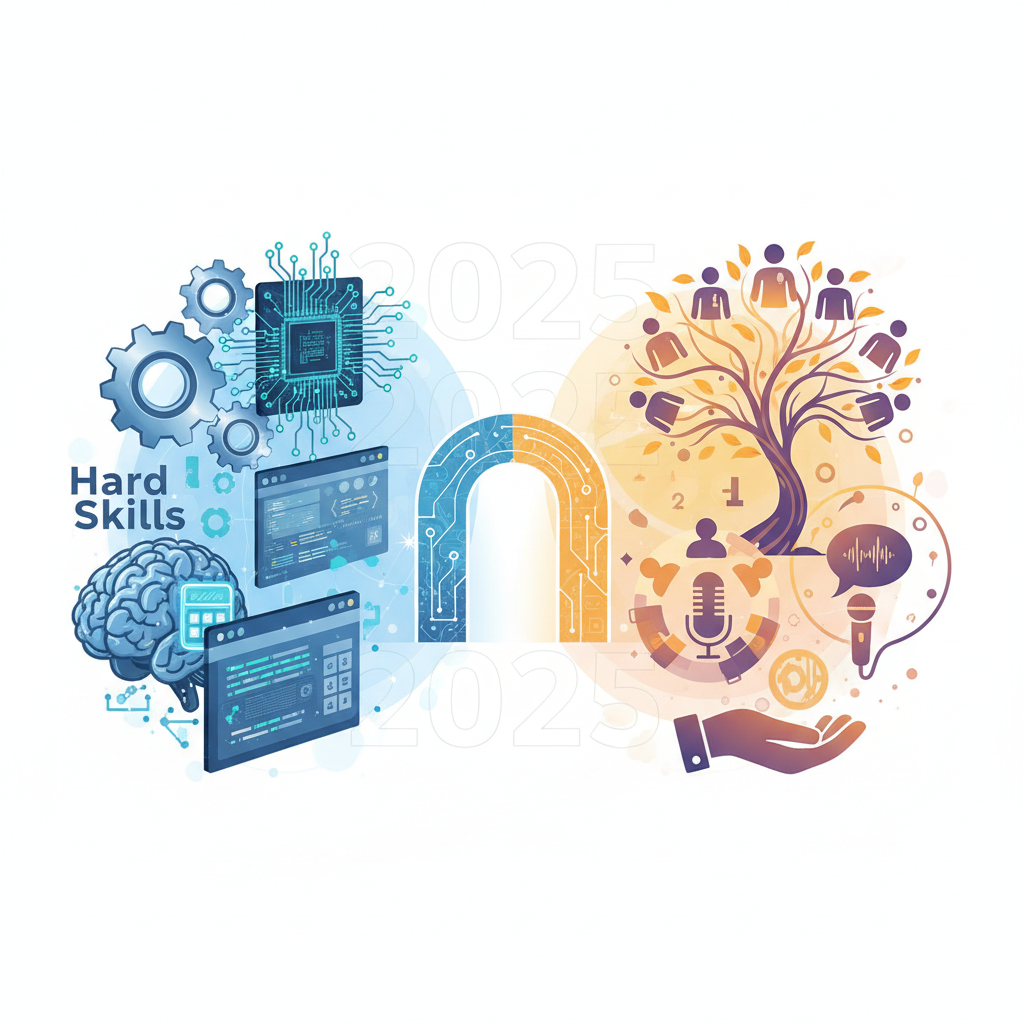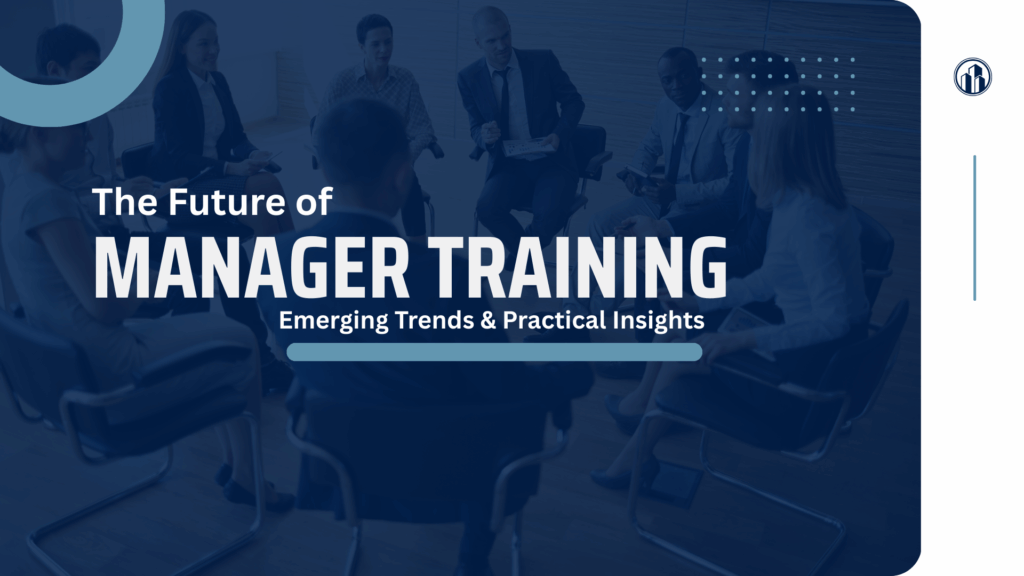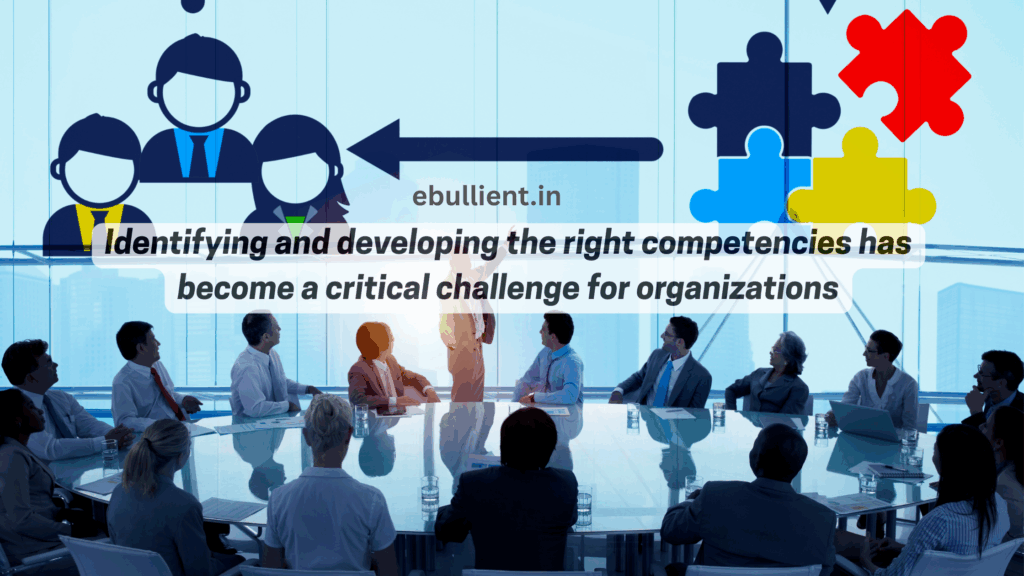As the competition becomes more intense, unlocking the potential of individuals with structured or intentional competency can no longer be ignored as a business necessity. According to a 2024 SHRM study, organizations that have competencies articulated are roughly 50% more likely to achieve strategic goals than organizations that do not have that clear competency structure. In short, the distinction between organizations that excel and organizations that follow competitors is often related to how well they structure and develop workforce capabilities via competency structures. Introduction to competency framework development Defining a competency framework A competency framework is a structured framework that outlines the distinct skills, knowledge, behaviours and mindsets necessary for people to be effective in their roles. Unlike a simple job description, a competency framework is more akin to a working document, connecting one’s day-to-day performance with greater organisational outcomes. It outlines a description of what success looks like at various levels and in various roles, creating a common language for performance across the organisation. In other words, when someone asks “what is a competency framework” you can distil it into a systematic way of naming and outlining the combinations of capabilities that produce superior results in a role. Importance of competency frameworks in organizations In the current economy, which focuses on talent as the priority, competency frameworks are critical to aligning workforce capability and strategy. Competency frameworks create clarity around what is expected from employees, provide clear pathways for employees to develop, and prioritize L&D within an organization for maximum impact. Competency frameworks create structure and consistency across recruitment, performance management, L&D and succession planning and can transform HR activities from separate processes to an integrated capability engine. Data from Gartner shows, for example, that organizations investing in competency development demonstrate materially better revenue growth as against their peers – illustrating the business value of a competency framework. Understanding the impact on individual and business outcomes On an individual level, frameworks provide transparency: employees know exactly what behaviours and skills they need to develop to move forward. In that clarity, there is less ambiguity, increased engagement, and increased ownership of their development. For organisations, the value is real. Companies who deploy competency frameworks typically experience lower turnover, more targeted training spend, and stronger talent pipelines, and become more fluid when priorities change. For example, Deloitte reported meaningful reductions in turnover after they had developed competency-based programs. When competencies inform the hiring, development and promotion processes, firms build a stronger bench and more predictable outcomes EXPERT INSIGHT: “Competency frameworks create the connective tissue between individual capability and organisational results. Designed well, they translate strategic aims into observable behaviours that can be developed, measured and rewarded.” Key components of a competency framework A practical competency framework combines several interlocking parts that together guide workforce development and decision-making. Skills and competencies While skills and competencies are frequently treated as the same, they can be perceived at different levels. Skills are specific to the a vocation that are oriented towards task performance, financial modelling or programming. Competencies involve the application of skills in a wider blend of knowledge, attitude and behaviours that make success repeatable. For example, the competency of “project management” requires scheduling and budgeting skills, in addition to the ability to manage stakeholder communications and appraise risk while being disciplined in processes adapted to the particular project type. Competencies are supported by strong frameworks demonstrating both the trivial skills and the wider competency clusters that frame sustainable performance. Core and functional competencies Core competencies are the organisation-wide behaviours and values expected to be demonstrated by all—aspects like customer orientation, integrity, teamwork or innovation. They reflect the culture of the organisation and provide minimum performance standards or expectations for all employees. Functional competencies refer to the specific skill sets that are required for specific job families or departments—e.g., clinical assessments for the healthcare job family or supply-chain analytics for a logistics team. The distinction between core and functional competencies ensures that the organisation maintains a cohesive culture, while excelling in employee behaviour that is job, firm and department specific. Example — NHS core and functional competencies The UK’s NHS employed a tiered approach in starting with organisational-wide core behaviours (patient-centred care, professionalism) plus job-specific clinical competencies or technical competencies with levels of proficiency associated with each. This has led to improved levels of care for patients and clearly defined levels of competence for professional development. Behavioral competencies refer to the way in which work is accomplished – interpersonal skills and emotional intelligence, adaptable behavior, and conflict management – as opposed to just the outcome of the work completed. These competencies affect how effectively people work together and interact with each other regardless of the situation. Leadership competencies relate to the types of abilities needed to support and guide others (i.e. strategic thinking, decision-making, coaching and influencing others). Most large organisations (e.g. IBM) organize their leadership model into domains – strategy, client focus, collaboration, and results – and measure proficiency levels based on seniority level to better fund their leadership pipeline Meta competencies and their role in growth Meta competencies are higher-order capacities—learning agility, critical thinking, self-awareness and adaptability—that enable people to acquire and apply other competencies faster. In volatile markets, meta competencies often determine long-term career resilience because they let individuals pivot, learn and grow as job requirements evolve. Forward-looking frameworks elevate meta competencies because they act as multipliers: developing them makes it easier to close skill gaps across a wide range of roles The strategic importance of competency frameworks Aligning competency frameworks with business goals The most valuable frameworks translate strategic objectives into observable, developable behaviours. When organisations anchor competencies to priorities like customer centricity or innovation, development programs become directly relevant to business outcomes. SHRM’s research underscores this: clearly defined competencies materially increase the likelihood of hitting strategic targets. This alignment prevents the familiar mismatch where HR activities are disconnected from the organisation’s strategic needs, ensuring learning programs and talent decisions drive measurable results. Enhancing talent management and employee










